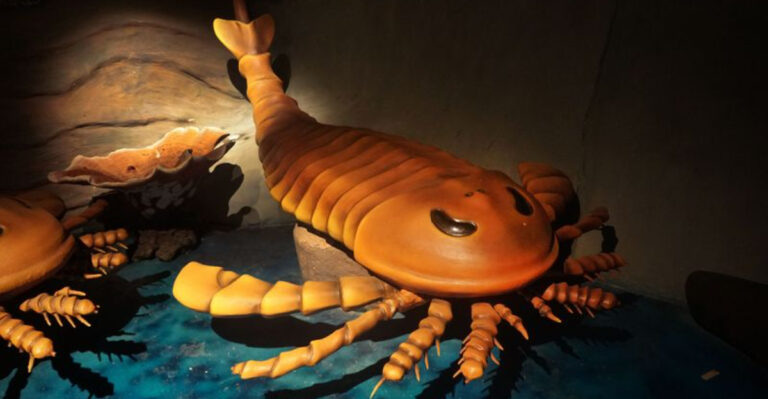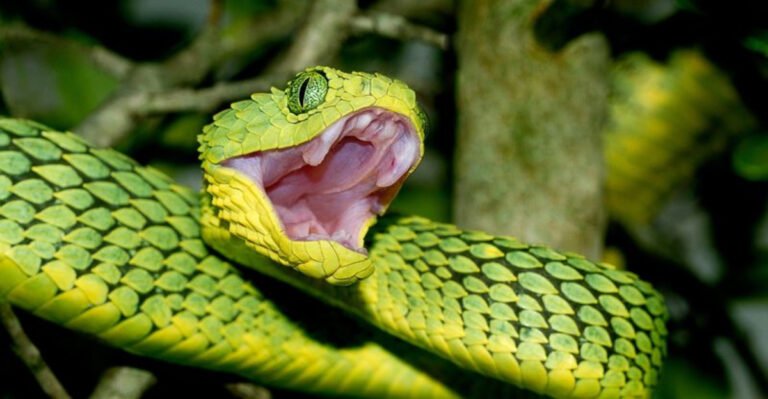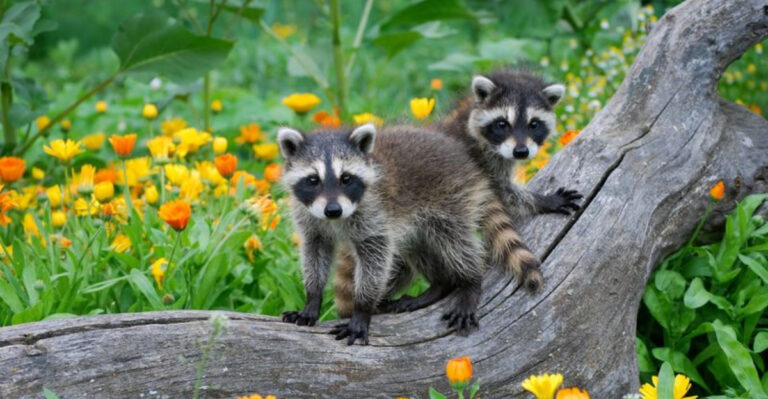What Gophers Really Eat: A Full Guide
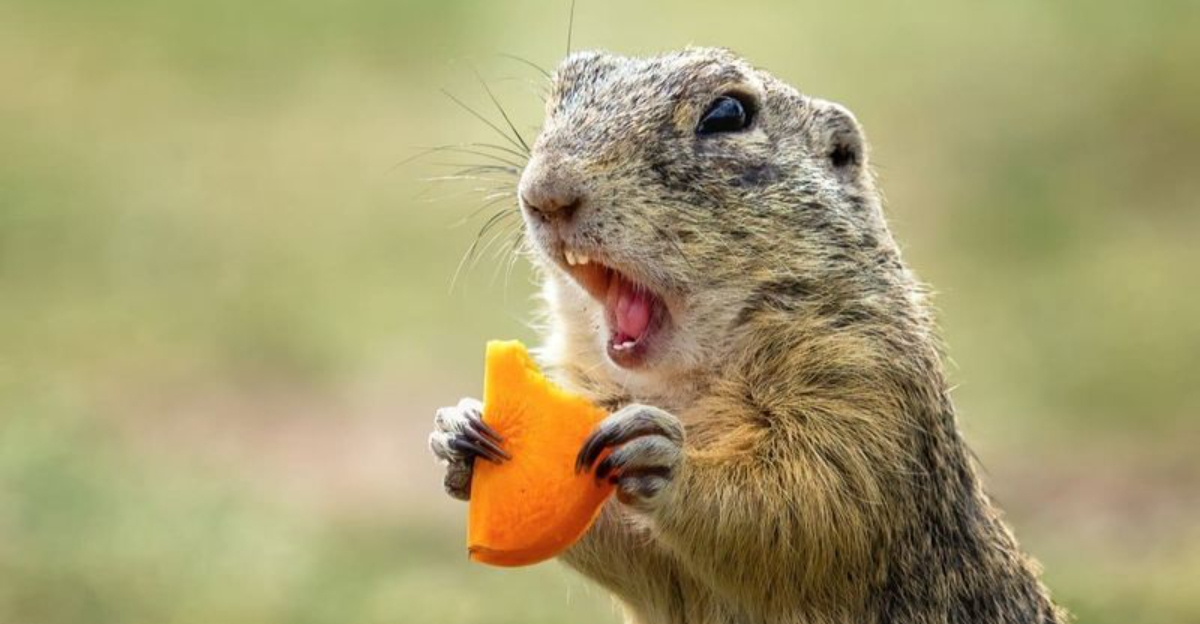
Ever wondered what those tunnel-digging creatures in your garden actually munch on? Gophers, those potato-shaped rodents with impressive front teeth, have surprising dining preferences that might explain their persistent digging habits.
Understanding a gopher’s menu can help gardeners protect precious plants and provide insight into these mysterious underground dwellers.
1. Plant Roots: The Underground Buffet
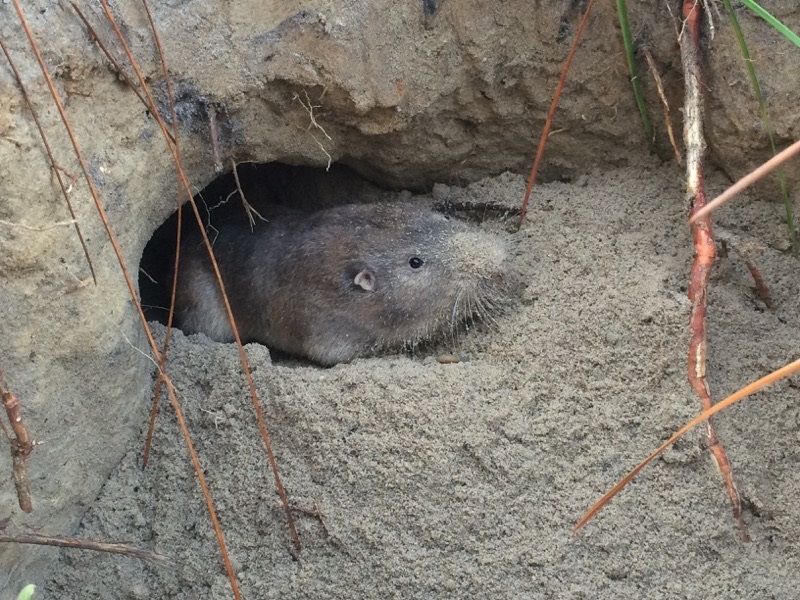
Underground feasts await these furry excavators! Gophers primarily devour plant roots they encounter while tunneling. Their powerful front teeth make quick work of thick roots from trees, shrubs, and garden plants.
Root systems provide both nutrition and hydration, making them the perfect one-stop meal for busy burrowers.
2. Tubers and Bulbs: Nature’s Hidden Treasures
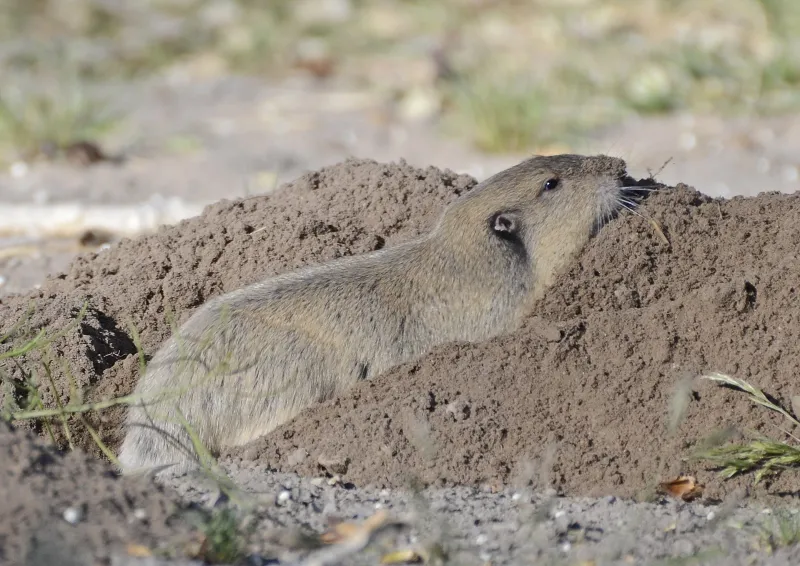
Sweet potatoes, regular potatoes, tulip bulbs – these starchy underground treasures are like gopher candy. A single gopher can collect dozens in their cheek pouches to store in specialized food chambers.
Gardens with prized bulbs often become target zones, with entire collections disappearing mysteriously overnight.
3. Tender Shoots: Fresh Green Appetizers

Fresh greens tempt gophers to occasionally venture aboveground for quick snacks. They’ll grab tender shoots and quickly retreat to safety, pulling entire plants underground.
Young seedlings rarely stand a chance against these opportunistic feeders who can sense the vibrations of gardeners planting new rows of vegetables.
4. Vegetables: Garden Raid Favorites
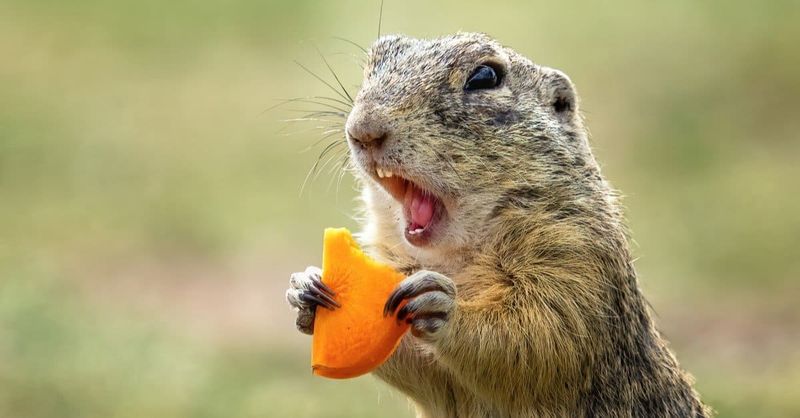
Carrots vanishing from below? Blame the gopher! These rodents particularly favor root vegetables like carrots, beets, and turnips.
Their sensitive whiskers and acute sense of smell guide them precisely to garden rows. Gardeners often discover only leafy tops remaining where full vegetables once grew.
5. Bark And Cambium: Winter Survival Food
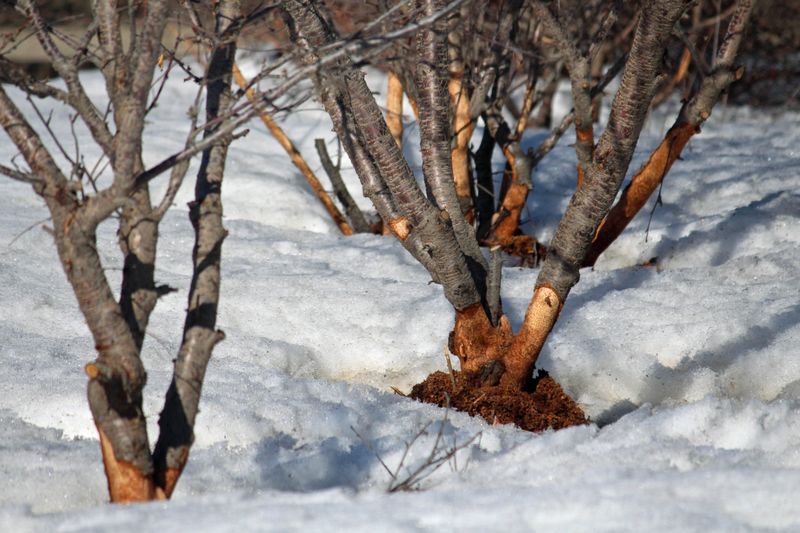
When winter limits other food sources, gophers turn to tree bark and cambium layer – the growing tissue just beneath bark. They’ll gnaw rings around young trees, often killing them by interrupting nutrient flow.
Fruit tree growers particularly dread these cold-weather feeding habits that can destroy entire orchards.
6. Grasses: Everyday Staples

Lawns offer gophers an all-you-can-eat grass buffet! They consume both the visible blades and the underground roots and rhizomes.
Their feeding creates distinctive fan-shaped mounds as they push excavated soil to the surface. One gopher can create dozens of these dirt piles across a previously pristine lawn.
7. Alfalfa: The Ultimate Gopher Delicacy

Farmers growing alfalfa face the ultimate gopher challenge! These protein-rich legumes act like gopher magnets, drawing colonies to establish extensive tunnel networks throughout fields.
A single acre of alfalfa can support dozens of gophers, each consuming nearly 60% of their body weight daily in plant material.
8. Clover: Nutritious Ground Cover
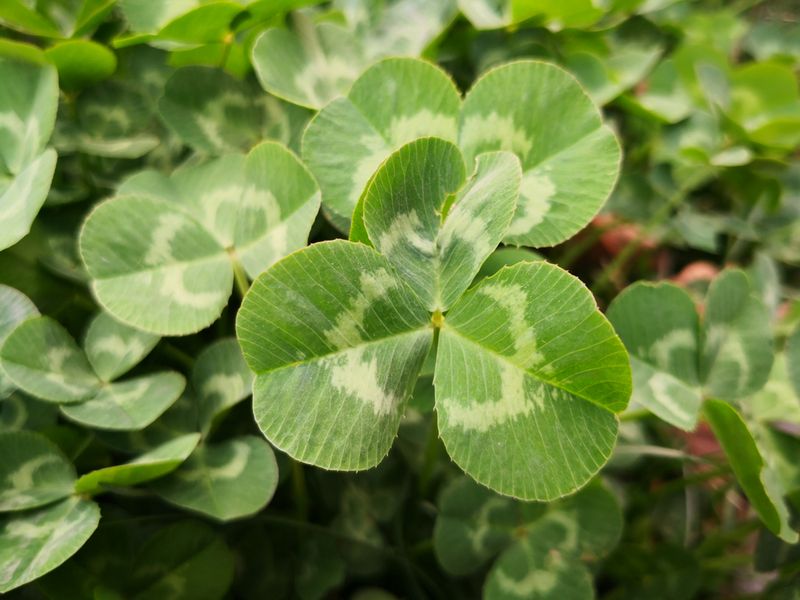
Tiny clover plants pack a nutritional punch that gophers can’t resist! Rich in protein and easily accessible near the surface, clover patches often show telltale signs of gopher activity.
Gophers will systematically harvest entire clover patches, creating bare spots in otherwise lush ground cover. Their efficient feeding can clear a square yard overnight.
9. Fruits: Occasional Sweet Treats

Fallen apples, berries, and other fruits become special desserts when available. Gophers will drag these treats into their burrows for immediate consumption or storage.
Unlike their rodent cousins who primarily target fruits, gophers consider these sweet finds as supplemental to their root-based diet. Orchard owners sometimes spot partially eaten fruits near burrow entrances.
10. Seeds: Tiny Nutritional Powerhouses
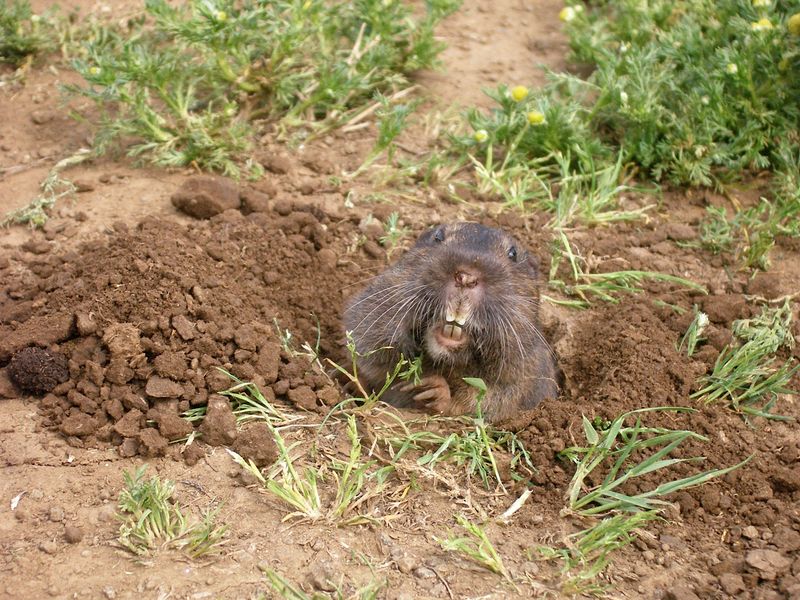
Scattered seeds from bird feeders or plants don’t escape a gopher’s notice! Their sensitive whiskers help locate these nutritional goldmines even underground.
Cheek pouches expand dramatically to transport seeds back to storage chambers. A single gopher can collect thousands of seeds during harvest season, creating extensive pantries for leaner times.
11. Insects: Protein-Rich Supplements
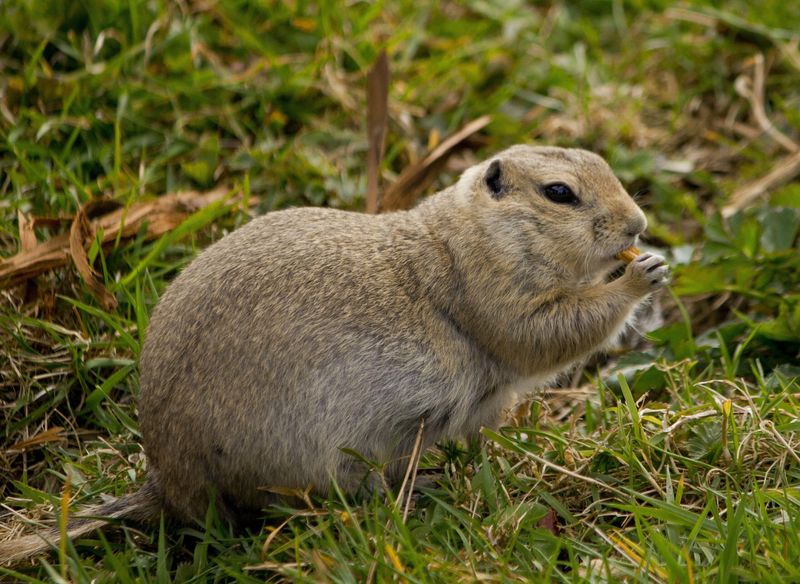
Contrary to popular belief, gophers aren’t strictly vegetarian! They opportunistically consume insects, grubs, and worms encountered while tunneling.
These protein sources become especially important during breeding season or when plant foods are scarce. Gophers show particular interest in fat-rich larvae and earthworms that share their underground domain.
12. Mushrooms: Forest Floor Delicacies
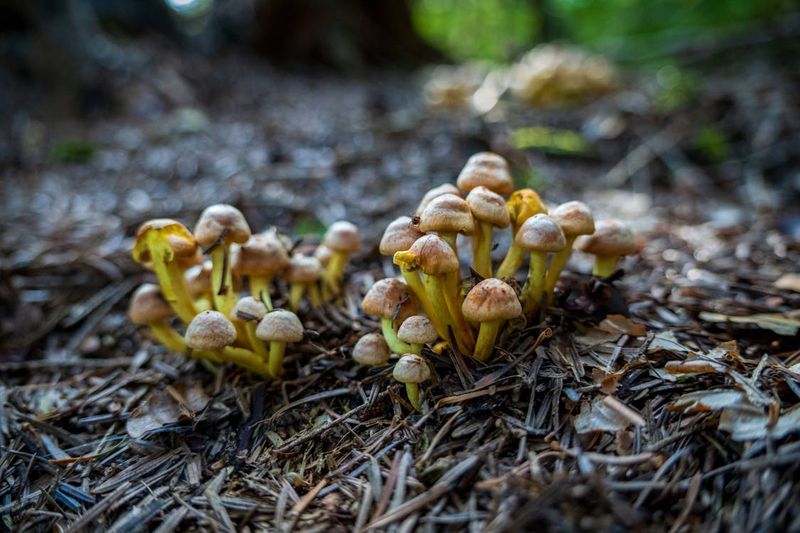
Wild mushrooms sprouting after rains become unexpected gopher snacks! Their keen sense of smell helps locate these fungal treats even before they break through the soil surface.
Woodland gophers particularly enjoy these seasonal bonuses that add variety to their diet. Certain truffle species have even co-evolved with gophers, using them for spore dispersal.
13. Water Sources: Plants As Hydration
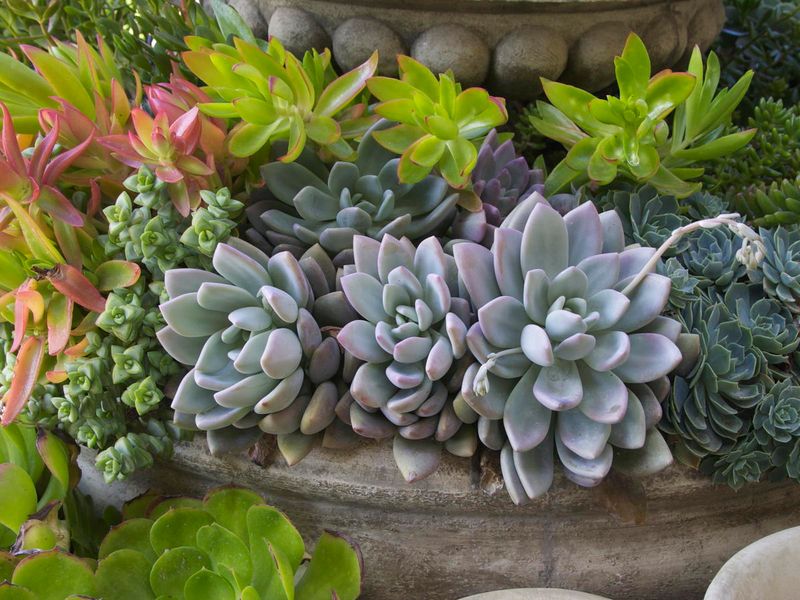
Surprisingly, gophers rarely drink free water! They extract nearly all needed moisture from their plant-based diet, particularly from juicy roots and succulent stems.
This water-from-food strategy allows them to thrive in relatively dry environments where other mammals struggle. During extreme drought, they’ll target plants with higher water content like cacti.
14. Compost: Gardener’s Gold, Gopher’s Feast

That carefully tended compost pile? A gopher sees it as an all-you-can-eat buffet! Rich in decomposing plant matter and teeming with worms, compost heaps attract hungry tunnelers.
Gardeners often discover elaborate tunnel systems throughout their prized compost. The warmth generated by decomposition makes these sites particularly attractive during colder months.

